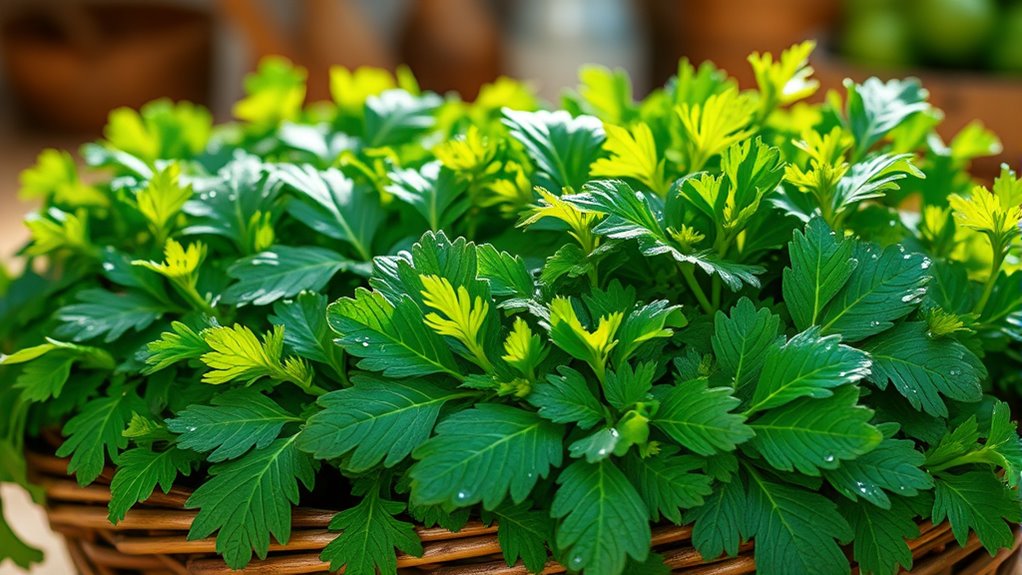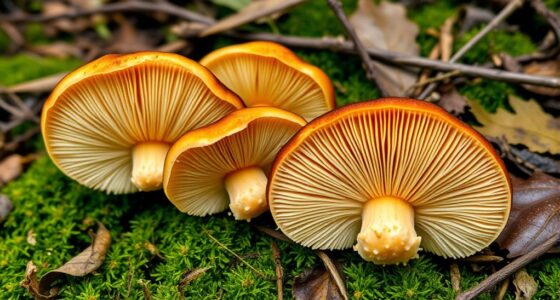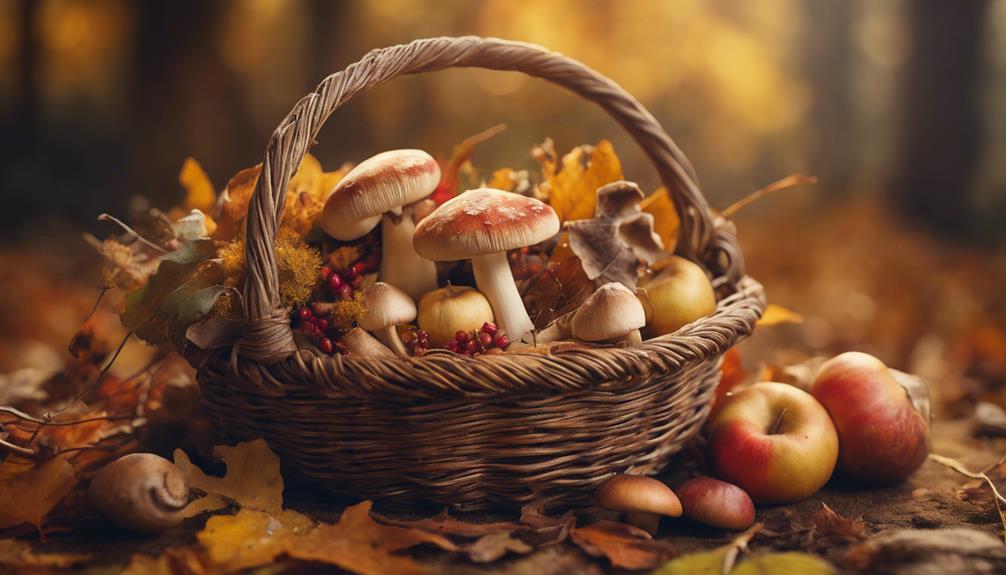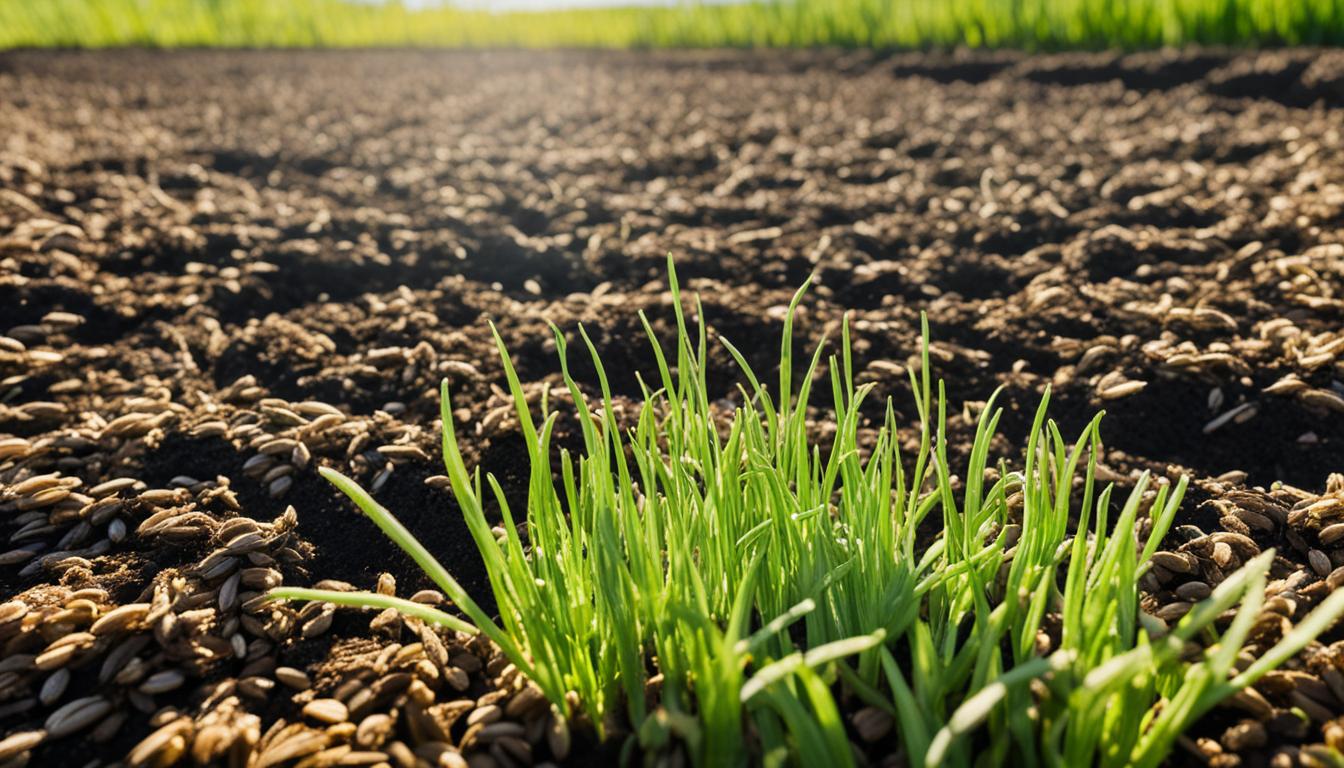To turn bitter wild greens into tasty, nourishing dishes, start by properly harvesting from clean areas. Blanch greens briefly in boiling water, then shock them in cold water to reduce bitterness. Sauté with garlic, onions, or spices to enhance flavor, or add a splash of lemon juice or vinegar for brightness. Finely chop or massage greens with olive oil for raw dishes. Master these simple tricks, and you’ll discover how delicious healthy greens can truly be—keep going to make the most of these techniques.
Key Takeaways
- Blanch greens briefly in boiling water, then shock in cold water to reduce bitterness.
- Sauté greens with garlic, onion, or spices to enhance flavor and mask residual bitterness.
- Add acidic ingredients like lemon juice or vinegar to brighten and improve taste.
- Combine greens into soups, stews, or smoothies to dilute bitterness and add flavor layers.
- Properly harvest and handle greens from clean areas to ensure safety and optimal flavor.

Wild greens are a powerful natural way to detox your body, but it is vital to know how to prepare and consume them safely. When you’re foraging for wild edibles, you need to pay close attention to identification to avoid any toxic lookalikes. Start by learning the key foraging tips—use reputable field guides or join local foraging groups to gain confidence in spotting safe, edible greens. Once you’ve identified your plants, harvest them carefully, avoiding areas near roads or pesticides to guarantee your greens are clean and safe to eat. Proper foraging sets the foundation for a healthy detox, but the real trick is transforming their naturally bitter flavors into something delicious.
Many wild greens, like dandelion, wild arugula, or chickweed, tend to have a bitter taste that might turn some people off initially. The good news is that you can use flavor enhancement techniques to make them more palatable. Blanching is a simple method—briefly boiling the greens and then shocking them in cold water helps reduce bitterness and improve texture. You can also sauté greens with garlic, onion, or spices, which not only masks some of the bitterness but adds depth to the flavor. Acidic ingredients like lemon juice or vinegar work wonders; a splash of acidity can brighten the greens and make them more appealing.
Enhance wild greens’ flavor with blanching, sautéing, and adding acids like lemon or vinegar.
Another effective way to enhance flavor is through seasoning and combining wild greens with other ingredients. Tossing greens into soups, stews, or smoothies can dilute any residual bitterness and incorporate their nutrients seamlessly. Pairing wild greens with salty, savory elements like cheese or cured meats can also help balance the flavors. Remember, the goal is to make the greens enjoyable so you’ll want to incorporate them regularly into your diet.
Cooking methods play a significant role in detoxifying wild greens and improving taste. Steaming or sautéing can mellow their bitterness while preserving nutrients. If you’re looking for a raw option, try finely chopping and massaging the greens with olive oil and salt—this technique softens the greens and reduces their pungency. The key is to experiment with different flavor enhancement techniques until you find what works best for your palate. Additionally, understanding zodiac sign compatibility can inspire creative approaches to food and health rituals, making your detox journey more aligned with your personal energy. In the end, turning bitter wild greens into tasty, nourishing dishes not only boosts your detox efforts but also connects you more deeply to nature’s bounty. With proper foraging tips and creative seasoning, you’ll discover that wild greens can be both a healthful and delicious addition to your meals.
Frequently Asked Questions
Are All Wild Greens Safe to Eat After Detoxification?
Not all wild greens are safe to eat after detoxification because of potential toxicity concerns. You need to be confident in your plant identification before consuming any wild greens. Proper detoxification can reduce some toxins, but misidentification remains a risk. Always research thoroughly or consult an expert to guarantee you’re harvesting edible, non-toxic plants. When in doubt, avoid eating wild greens to protect your health.
How Long Should I Detoxify Wild Greens Before Cooking?
Think of detoxifying wild greens as giving them a revitalizing spa day before their culinary debut. You should soak or blanch your greens for about 10-15 minutes, then rinse thoroughly. This process acts like a flavor enhancer, mellowing their bitterness and revealing their true potential. By detoxifying properly, your greens will transform into delicious, tender stars of your dish, making every bite a celebration of nature’s bounty.
Can Detoxification Remove All Bitter Flavors From Wild Greens?
Detoxification can markedly reduce the bitter flavor of wild greens, but it might not remove all traces completely. The detox process efficacy varies depending on the greens and method used; soaking, blanching, or using salt water can help. While these steps improve taste, some residual bitterness may remain. To achieve the best flavor, combine detox techniques with proper cooking methods, ensuring you enjoy wild greens with minimal bitterness.
What Are the Best Methods to Detoxify Wild Greens?
Think of detoxifying wild greens as sculpting a masterpiece—you shape their flavor to reveal their true beauty. To achieve this, use preparation techniques like blanching, soaking, or boiling to reduce bitterness. Flavor masking through adding lemon juice, garlic, or herbs also helps. These methods gently tame the greens’ wild nature, making them more palatable while preserving their nutrients, transforming your foraged finds into delicious, healthful dishes.
Do Detoxified Wild Greens Retain Most of Their Nutrients?
You might wonder if detoxified wild greens keep their nutrients. During the detox process, careful methods like soaking or blanching help preserve nutrient preservation while reducing bitterness. While some water-soluble vitamins may diminish slightly, most minerals and antioxidants remain intact. If you follow gentle detox techniques, you’ll retain the greens’ nutritional benefits, making them both delicious and healthful. So, yes, proper detoxification generally preserves most of their essential nutrients.
Conclusion
Now that you’ve unraveled the secret to transforming wild greens, imagine them as vibrant jewels, their flavors shining through like a clear mountain stream after a storm. With a simple detox, you turn bitter into beautiful, making every bite a invigorating splash of nature’s goodness. So go ahead, embrace these wild treasures and let your taste buds dance in the sunshine, savoring greens that are finally as delightful as they were meant to be.










